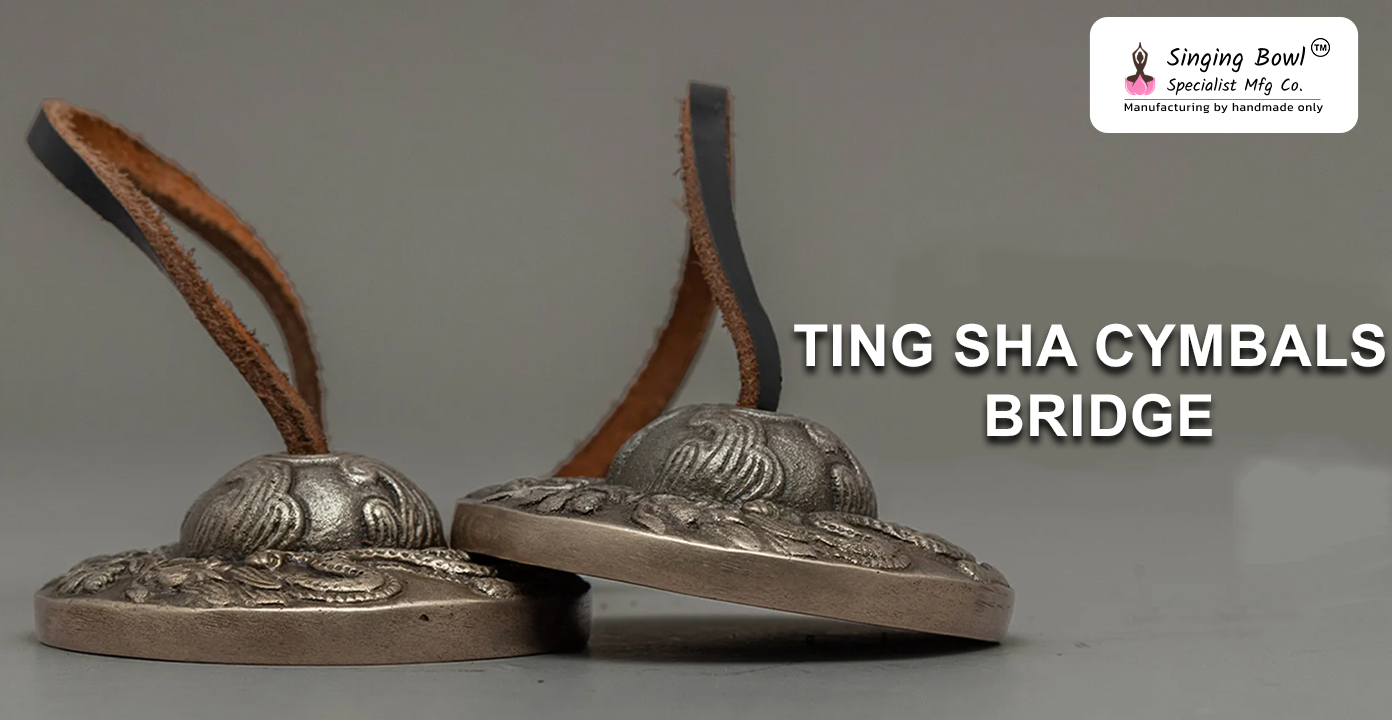Introduction to Traditional Singing Bowls
If you’ve ever been curious about the soothing sounds of singing bowls, you’re not alone. These mystical instruments have found their way into meditation rooms, yoga studios, and healing centers worldwide. But what exactly are traditional singing bowls, and where can you find authentic ones in Canada?
What Are Traditional Singing Bowls?
Traditional singing bowls are hand-crafted metal bowls that produce rich, harmonic tones when struck or circled with a mallet. Unlike mass-produced modern versions, authentic bowls are typically made from a unique alloy of metals and have deep roots in Himalayan culture, especially in Nepal and India.
The Spiritual and Healing Benefits of Singing Bowls
People use singing bowls not just for their enchanting sound but also for meditation, stress reduction, and energy healing. The vibrations produced by these bowls are said to promote relaxation and balance, making them powerful tools for mindfulness.
The Origins of Singing Bowls
History in Nepal and India
Traditional singing bowls have been used for centuries in Nepal and India, often linked with Buddhist monks and spiritual practices. These bowls were historically created by skilled artisans who followed ancient methods handed down through generations.
How Traditional Bowls Are Made
The making of these bowls is an art form. Artisans carefully handcraft each bowl from a blend of metals, hammering and shaping it to produce the desired sound quality. This process can take weeks or even months for a single bowl.
Why Buy Traditional Singing Bowls Instead of Modern Versions?
Authenticity and Craftsmanship
When you invest in a traditional singing bowl, you’re buying a piece of cultural heritage crafted with care and precision. Modern bowls may look similar but often lack the rich tonal qualities and spiritual resonance.
Sound Quality Differences
Traditional bowls produce a complex, layered sound with lasting resonance. Many modern alternatives sound flat or tinny, lacking the depth that true singing bowls offer.
Challenges of Buying Singing Bowls in Canada
Availability Issues
Finding authentic traditional singing bowls in Canada can be tricky. Many local stores either don’t stock them or sell low-quality imitations that don’t meet the standards serious practitioners seek.
Risks of Low-Quality Bowls
Low-grade bowls may break easily, produce poor sound, and even cause disappointment. It's essential to know where to buy from trusted suppliers.
How to Identify Genuine Traditional Singing Bowls
Material and Design Features
Authentic singing bowls are made from a mix of seven metals, including copper, tin, zinc, iron, silver, gold, and nickel. Their design features are often hand-hammered, showing slight imperfections — a sign of handmade quality.
Handcrafted vs Machine-Made Bowls
Handcrafted bowls have unique sound qualities and craftsmanship marks. Machine-made bowls tend to be uniform but lack the rich resonance.
Care and Maintenance of Traditional Singing Bowls
To keep your singing bowl in top shape, clean it gently with a soft cloth and avoid harsh chemicals. Store it in a dry place and handle it carefully to prevent dents or cracks.
Maintaining the bowl’s surface and playing techniques also help preserve its beautiful sound.
Using Singing Bowls – Beginner’s Guide
If you’re new to singing bowls, start by striking or rubbing the rim gently with a mallet to produce sound. Practice regularly to develop your technique and discover the calming effects during meditation or yoga.
Avoid common mistakes like striking too hard or using unsuitable mallets, which can damage the bowl.
Cultural Respect and Ethical Considerations
Singing bowls are deeply rooted in the cultures of India and Nepal. When buying, always support fair trade businesses that empower local artisans. Avoid mass-produced imitations that undermine traditional craftsmanship.
Respect the cultural origins by learning about the history and proper use of singing bowls.
Importing Singing Bowls from India and Nepal
Many Canadian sellers import singing bowls directly from India and Nepal, where the best artisans produce them. Ethical sourcing is key here: reputable exporters support local craftspeople and follow fair trade practices.
When importing, you should be aware of customs fees, shipping times, and regulations in Canada. Prices can vary depending on the size, quality, and craftsmanship of the bowl, but investing in a genuine piece is worth it.
Trusted Indian and Nepalese Exporters
Some well-known exporters have built reputations for delivering quality singing bowls. Look for exporters who provide certificates of authenticity and work directly with artisan communities. This not only guarantees a genuine product but also helps preserve the tradition.
Finding the perfect traditional singing bowl in Canada might seem challenging, but with the right knowledge, it becomes an enjoyable quest. Whether you choose a trusted local store or a reputable online importer from India or Nepal, prioritize authenticity, ethical sourcing, and quality sound.
Your singing bowl is more than just an instrument—it’s a bridge to centuries of spiritual tradition, ready to enrich your wellness journey.
FAQs
1. How can I tell if a singing bowl is authentic?
Look for signs like handcrafted details, a blend of traditional metals, and clear, sustained sound. Certificates of authenticity from exporters help too.
2. Are singing bowls safe to use for meditation?
Yes! Singing bowls are safe and beneficial for meditation, helping reduce stress and improve focus.
3. Can I buy singing bowls directly from India or Nepal?
Yes, many exporters ship worldwide, including Canada. Just be mindful of import regulations and shipping costs.
4. What is the average cost of a good traditional singing bowl?
Expect to pay anywhere from CAD 50 to several hundred dollars, depending on size and craftsmanship.
5. How do I maintain the sound quality of my singing bowl?
Regular gentle cleaning, proper storage, and using the right mallet will keep your bowl sounding great.










